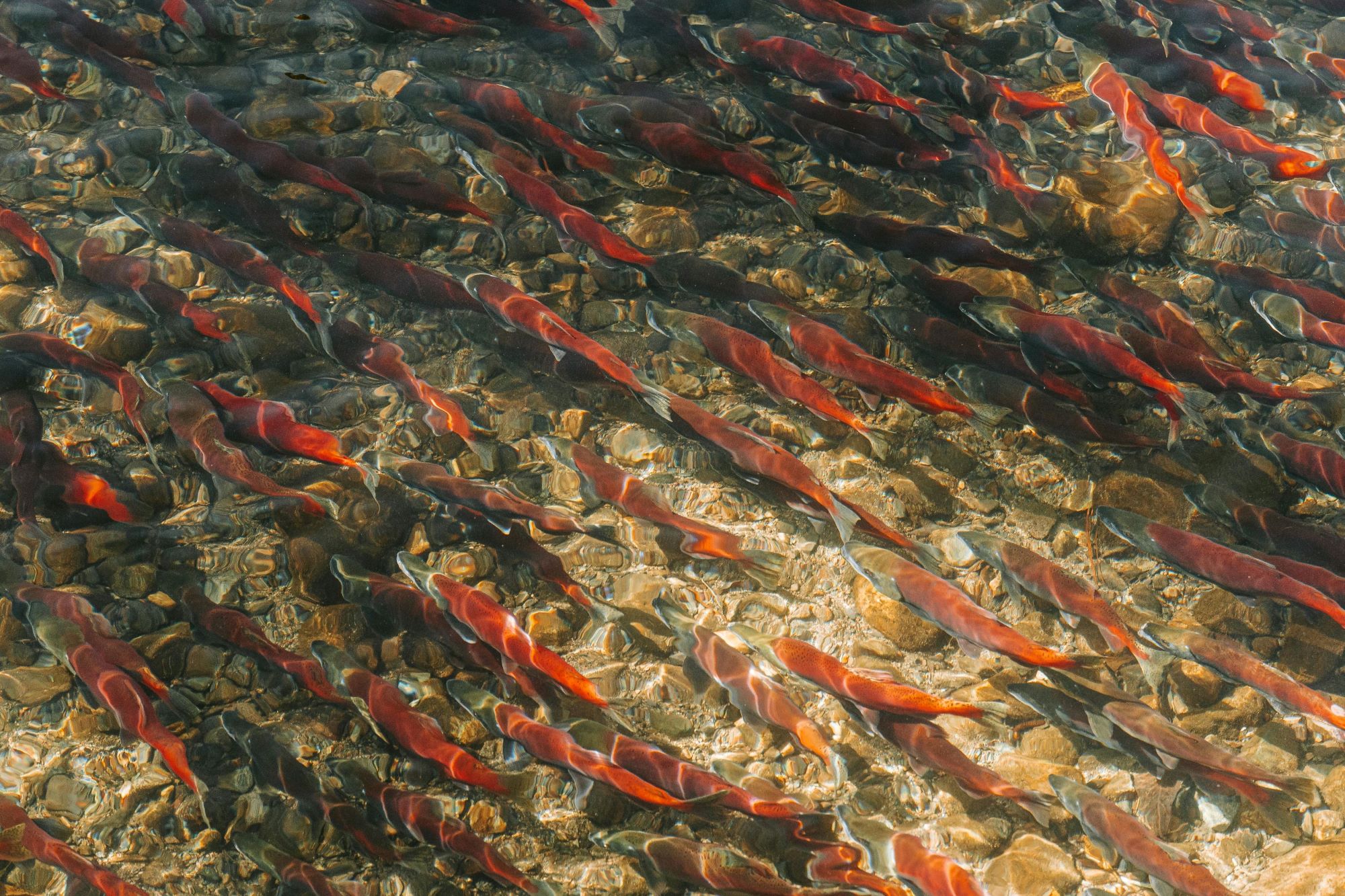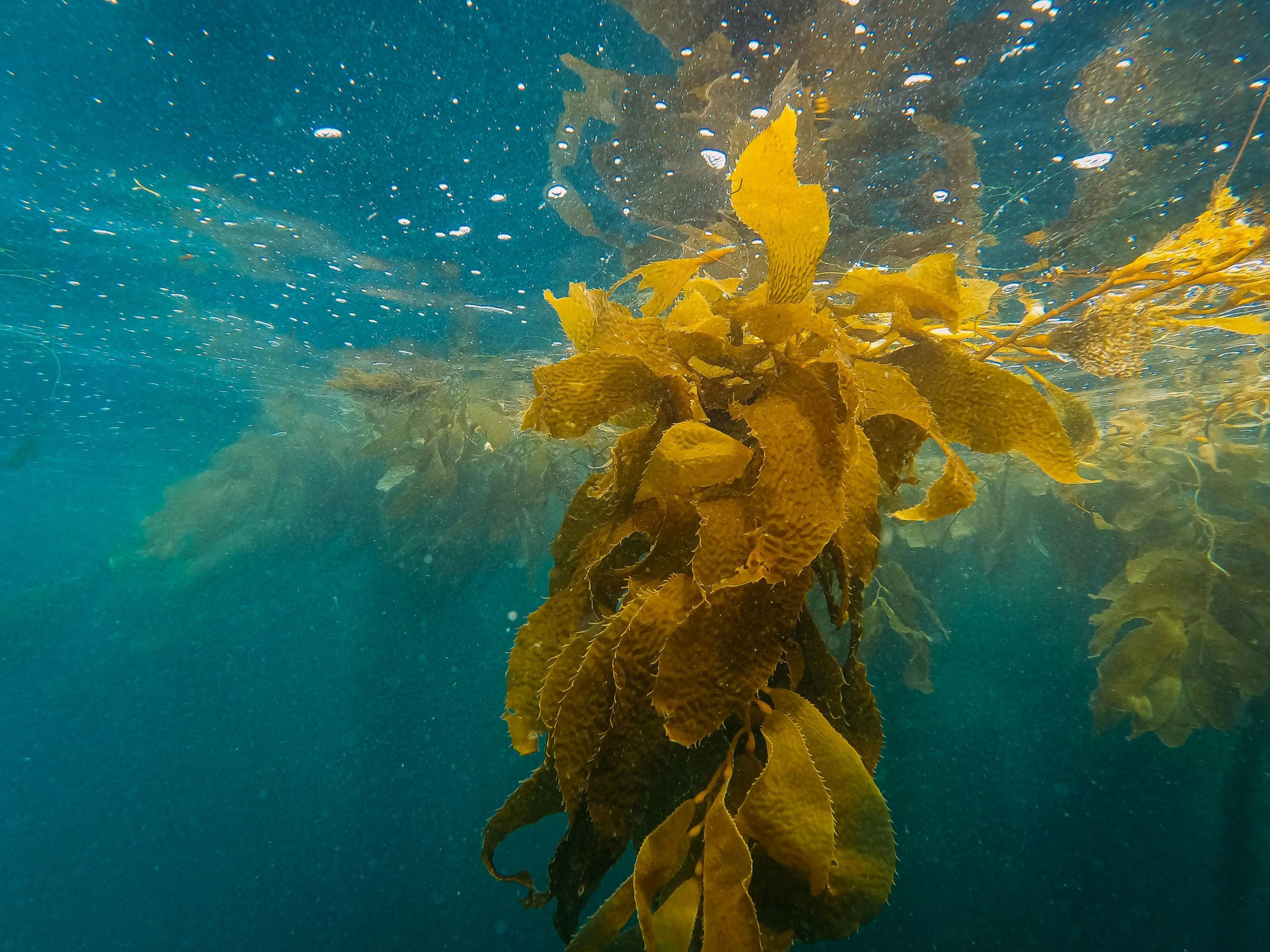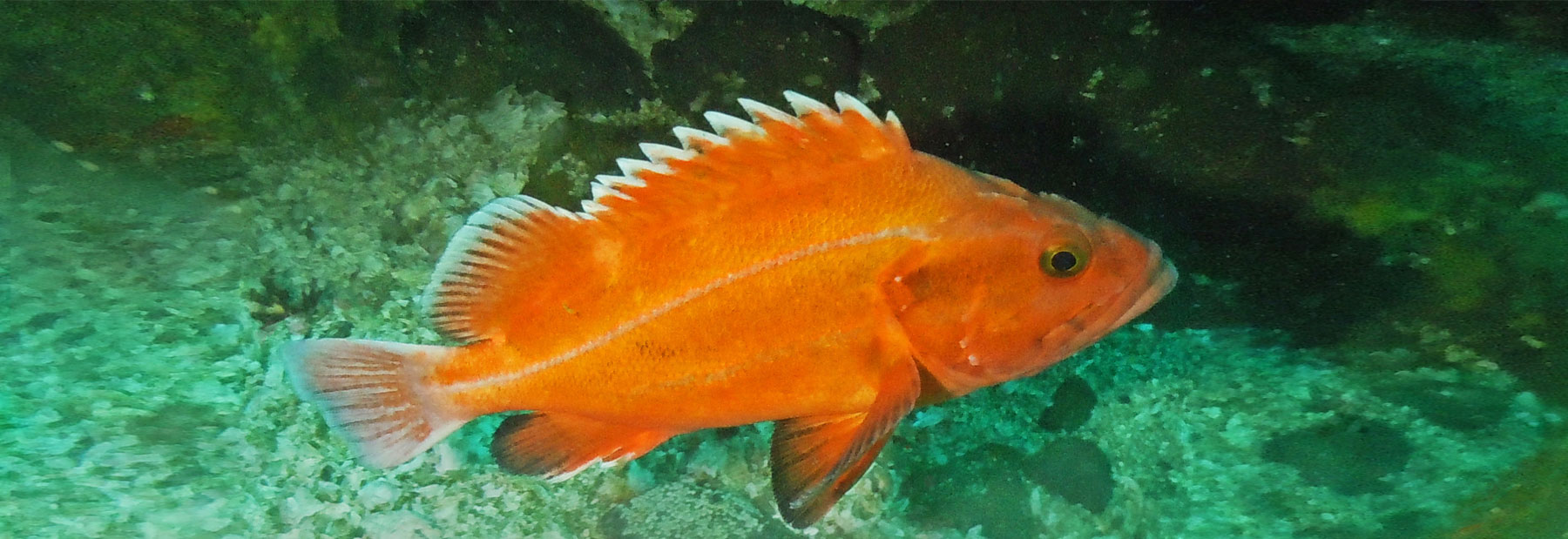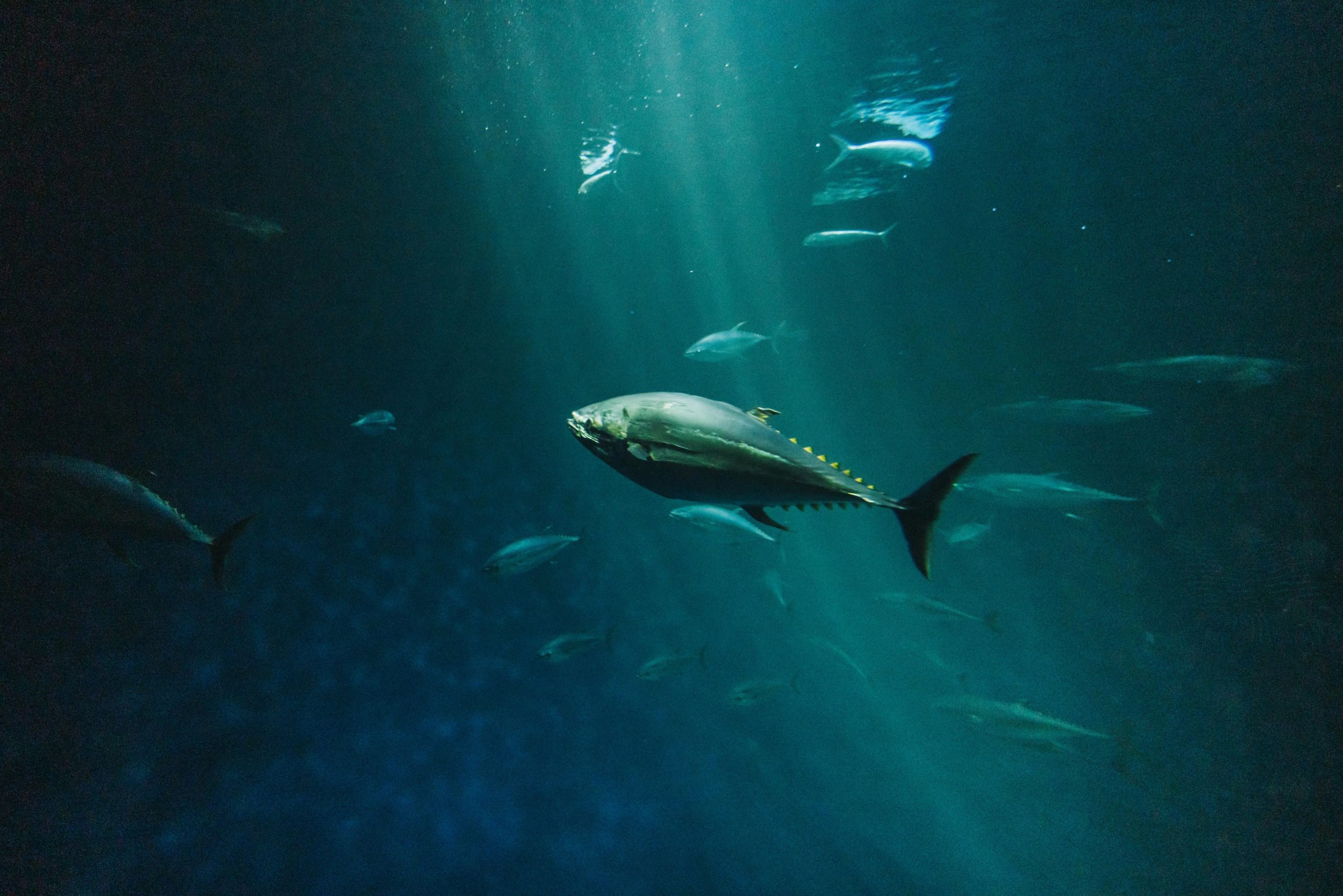A recent report out of Oregon State University paints a picture of how ocean oxygen levels have decreased in the Pacific Northwest over the years.
The report found near-bottom levels of dissolved oxygen in the waters off of Washington, Oregon and Northern California in 2021. JPR’s Roman Battaglia talked to Jack Barth, professor of oceanography at OSU, about his report and what these low oxygen levels mean for marine life.
Roman Battaglia: One thing I noticed in this study was that the levels seem pretty different in different parts of the coast. For example, in northern California and the southern Oregon coast, the oxygen levels seem much higher than they are in southern Washington and the northern Oregon coast. But why is there so much variability?
Jack Barth: That was the second big outcome of the paper, is that there really are regional differences. And importantly, we can explain them by oceanographic processes. So that higher oxygen level off southern Oregon, that’s because the continental shelf is relatively narrow. So it can flush water on and off pretty effectively from the deep ocean and flush out that low oxygen water so it stays high. And it looks like a pretty good area for fisheries. As you get into the wider continental shelves off central Oregon and Washington, the water sticks around longer; it doesn’t get flushed off as effectively. So that keeps those low oxygen waters near the bottom on those wider shelves.
Battaglia: Have we determined the cause of why these low oxygen levels are happening, or why the oxygen levels are getting lower? It seems like climate change is playing a factor in that?
Read more on opb.org




